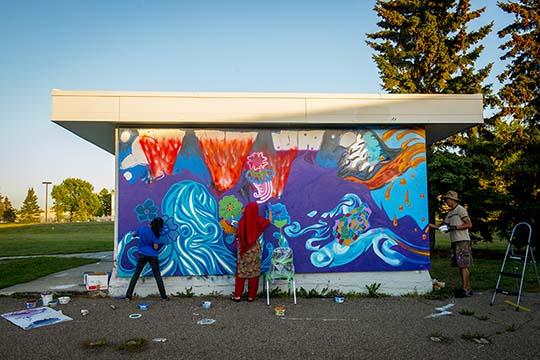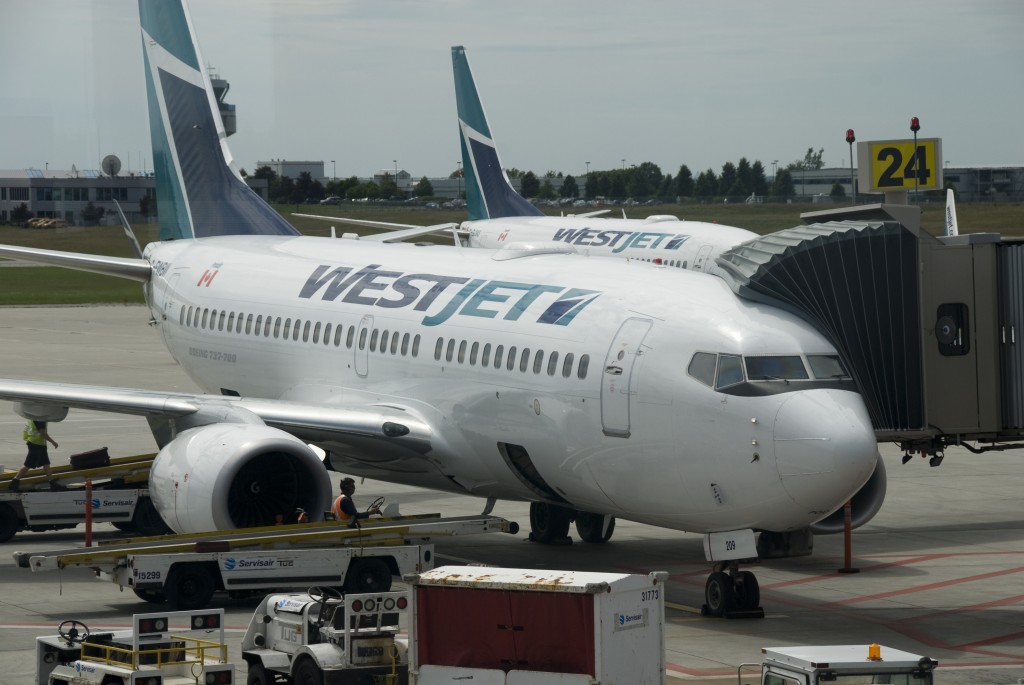The organization representing the companies that own Canada’s transmission pipelines says a government-led spill response protocol in British Columbia is not “necessary or optimum,” according to newly released documents.
The documents—which give insight into discussion with the public and big players in the pipeline industry as the Ministry of Environment develops a new land spill response protocol—were obtained through a request under the B.C. Freedom of Information and Protection of Privacy Act.
In a report presented to B.C.’s Ministry of Environment last March, the Canadian Energy Pipeline Association said that while it supports the “world leading” spill response protocol the provincial government plans to implement, the spill response measures should be voluntary and allow for “industry discretion” in determining response to spills.
The Association says the existing spill protocols enforced by the National Energy Board and B.C. Oil and Gas Commission already regulate the industry heavily.
“If you see the B.C. (Oil and Gas Commission) as a government-led organization, then we’re fully in support of that,” said Kai Horsfield, a research coordinator at the Canadian Energy Pipeline Association. “But we don’t believe the Ministry of Environment has the capacity or the need to duplicate that regulation.”
B.C.’s Ministry of Environment says there’s recognition that a new spill response regime could mean multiple regulatory bodies asking for the same things.
“We want to avoid unnecessary duplication,” said David Karn, spokesperson for the B.C. Ministry of Environment. “And we continue to have respectful discussions with stakeholders.”
But the Ministry of Environment says it is crucial spill regulation is in their hands.
“The B.C. Ministry of Environment is the lead provincial agency for all spills affecting the province regardless of industry sector or source,” said Karn. “The majority of issues associated with a spill are environmental in nature and therefore the B.C. Ministry of Environment is the most appropriate agency with the relevant staff and expertise to address the environmental impact of spills.”
The Association also said it believes collecting more money to establish a provincial spill response fund is “not required.”
In September of last year, the Ministry of Environment released a report on the comments received from April to July of last year during their public consultation on B.C.’s spill response policies.
“The province has been clear that we need to improve our spill preparedness and response on both land an in the marine environment,” said Karn.
The “vast majority” of the 101 respondents indicated B.C.’s current spill preparedness and response has “significant gaps” or is “not effective at all,” according to the report.
The majority of respondents also indicated “support” or recognized a “need” for a provincially regulated and industry funded spill response organization.
The report indicated the comments from the Canadian Energy Pipeline Association that “a government led or regulated, industry funded spill response organization is neither necessary nor optimum” was part of a “limited number” of respondents not in support of such an organization.
The released documents come in the wake of a toxic fuel spill in Vancouver’s English Bay last month, which has critics and activists saying the province isn’t prepared to handle spills effectively.
In 2012, the Ministry of Environment set out five minimum requirements that must be met before heavy pipelines proposed in B.C. can garner approval.
The Ministry of Environment plans to implement their new spill response protocol in 2016.
What were the documents?
Briefing notes and reports from the B.C. Ministry of Environment regarding the new government-led industry funded land based spill response protocol.
Where did you get them?
B.C. Ministry of Environment
What did they tell you?
That the Canadian Energy Pipeline Association doesn’t want the B.C. government to have a regulatory role in the transmission pipeline industry.
Document Pages (page 12 and 13)
Proof of Informal Requests:





